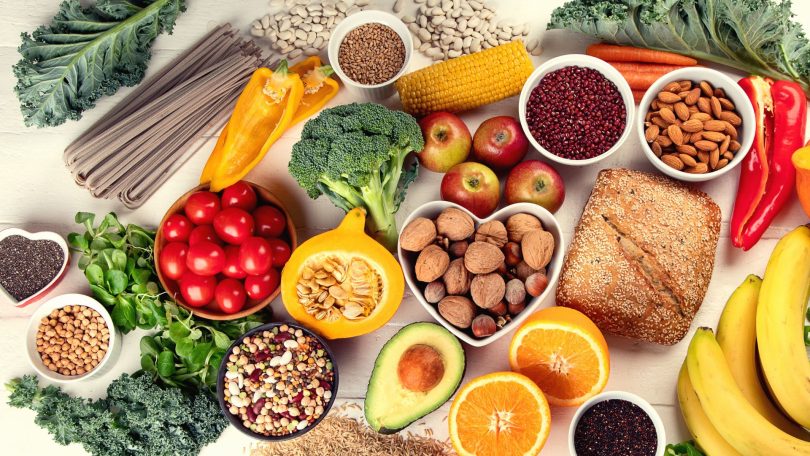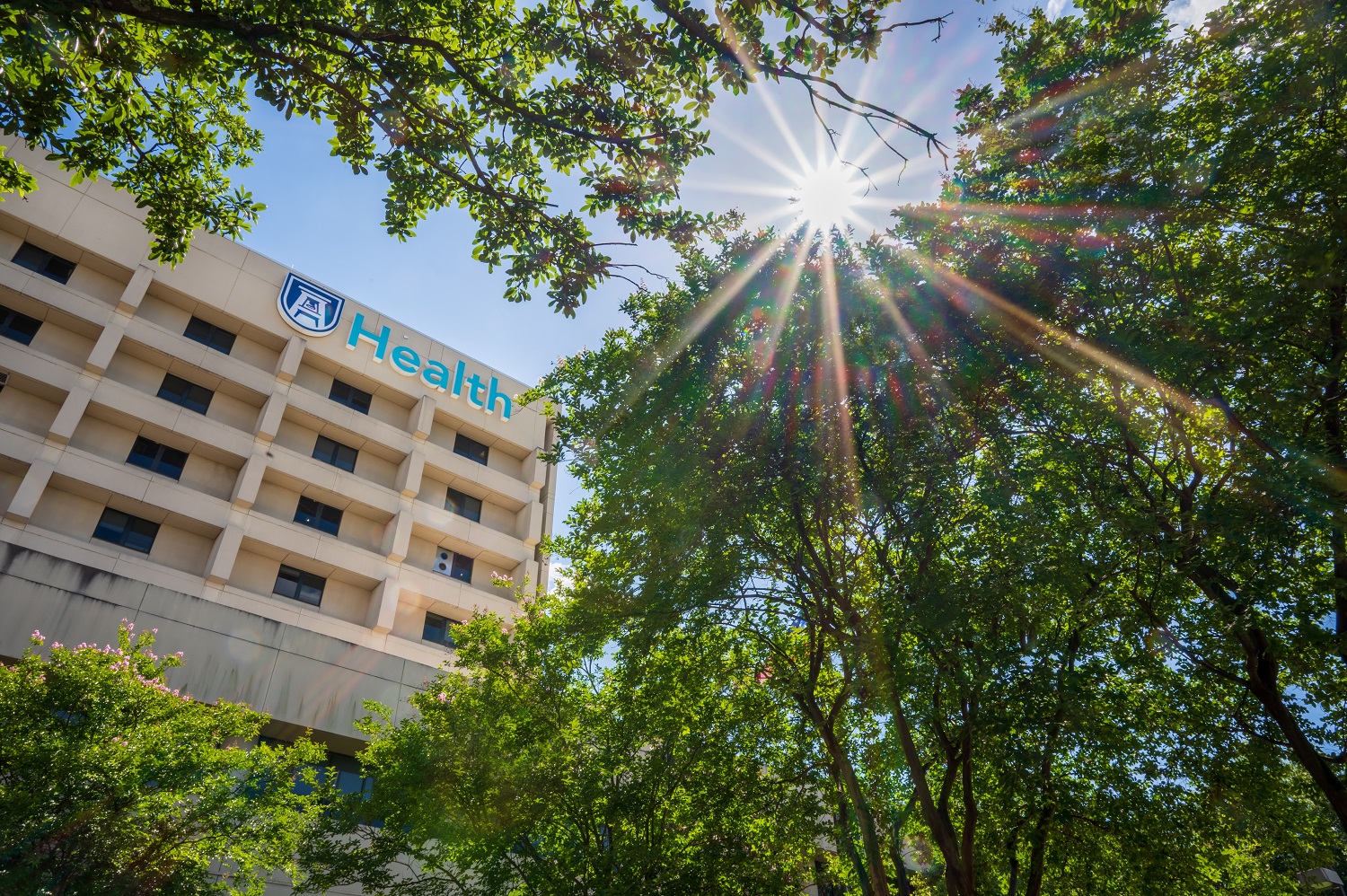Now that we have reviewed the definition of fiber, let’s take a look at a few of its many benefits:
-
Fiber promotes regular bowel movements
As mentioned, insoluble fiber increases the rate at which food travels through the gastrointestinal system and thus helps to prevent constipation. Chronic constipation can cause bloating and abdominal cramps. Soluble fiber attracts water so intake will increase the water content of the stool. An increase in fiber intake should be done slowly and be accompanied by an increase in water intake because a sudden and dramatic change in intake can cause cramping and bloating.
-
Fiber is linked to decreased incidence of colorectal cancer
Research has shown that fiber-containing foods may be protective against colon cancer. High fiber foods such as fruits and vegetables are also rich in antioxidants and other nutrients that help protect the body from cell damage. Additionally, fiber helps produce regular bowel movements which keeps the colon wall clean and healthy. The by-product butyrate is formed when fiber combines with bacteria in the bowels. Butyrate has been associated with decreased risk of tumor development in the colon.
-
Fiber assists in weight management
Fiber causes us to feel full for a longer amount of time. High-fiber foods like fruits, vegetables, and beans are full of nutrients and are low in calories. Maintaining a healthy weight through a balanced diet and physical activity aids in disease prevention. Fiber can specifically help prevent heart disease because it helps lower cholesterol. Foods high in fiber also feed the “good” bacteria in our gut. Good bacteria help with weight management, immunity, and even brain function.
How much do we need? The Academy of Nutrition and Dietetics recommends women consume 21-25 grams of fiber per day and men should consume 30-38 grams per day. A food is considered “high fiber” if it provides more than 5 grams per serving. Below are a few simple ways to increase fiber intake.
Ways to boost fiber intake:
- Add beans, peas, or lentils to soup/salads
- Add grated vegetables to meat patties, casseroles, and sauces
- Eat fresh or canned fruit instead of fruit juice
- Add almonds to salad or have a small handful with string cheese for a filling snack
- Mix ground flaxseed or chia seeds into muffins or smoothies
- Incorporate healthy fat and fiber into lunch by adding some avocado to your sandwich or salad
- Snack on popcorn! 1 cup provides 3.5 grams of fiber
- Have oatmeal and berries for breakfast, both of which are packed with fiber
- Aim for 2+ servings of vegetables at lunch and dinner
- Swap white breads or other grains such as pasta and rice for whole wheat or whole grain choices
- Try the recipe linked below for a delicious, fiber-rich lunch or dinner!
These small changes can help you reach your recommended daily intake of fiber. Remember to increase fiber intake slowly and make sure you are drinking enough water while doing so. Start to reap the benefits of a fiber-rich diet with this delicious chicken stir-fry that boasts 8 grams of fiber per serving!


